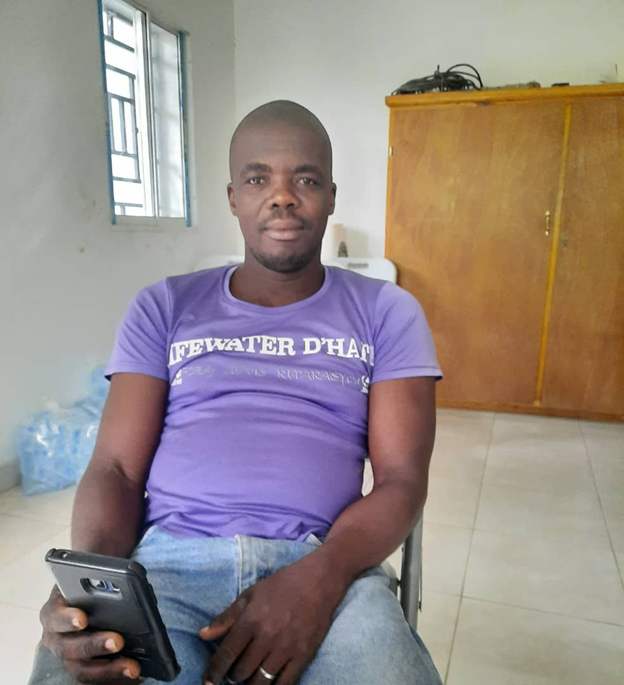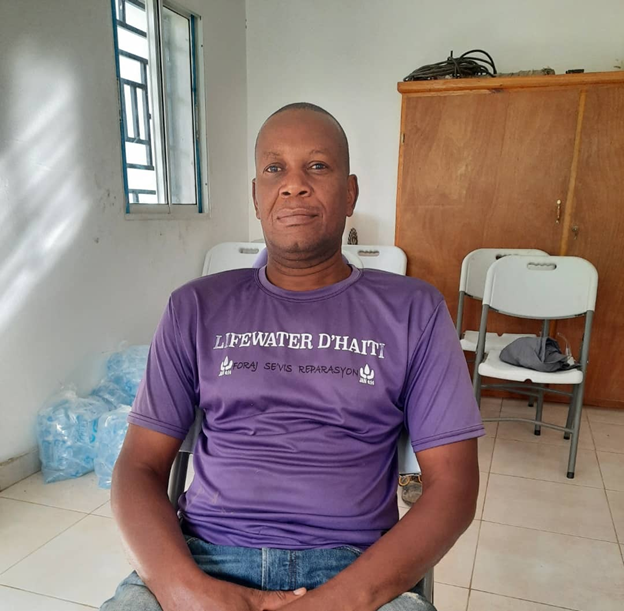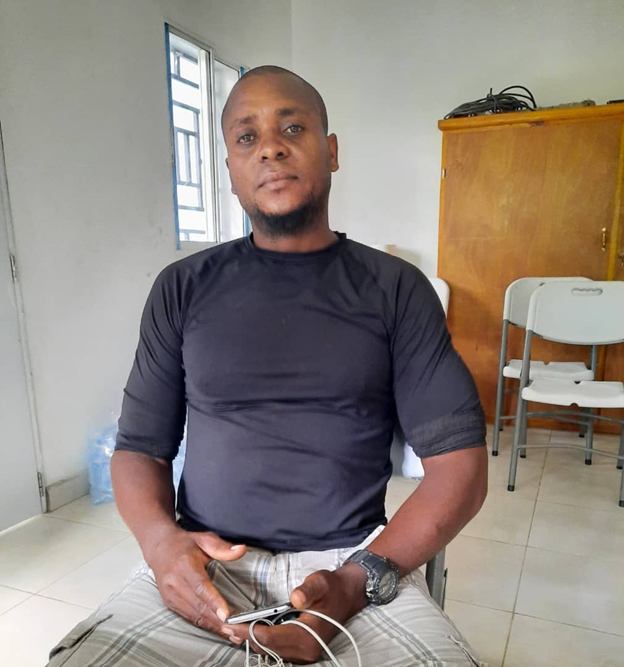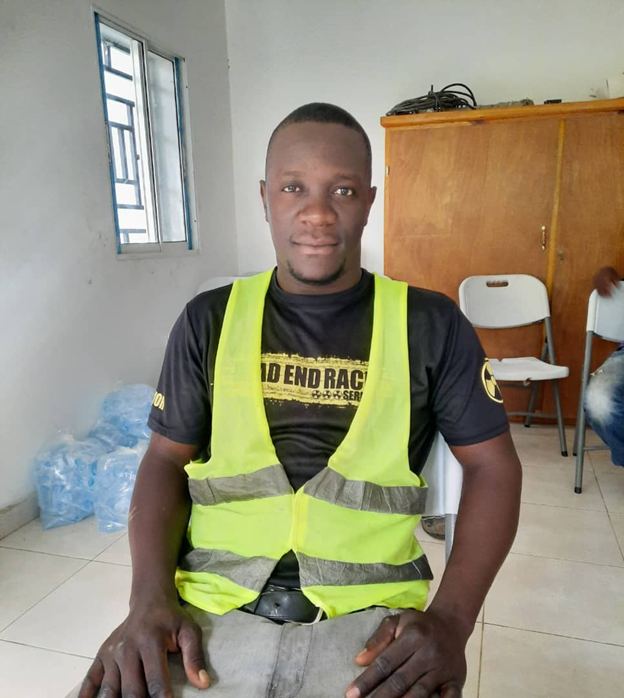⭠ back to where we work
HAITI
Haiti has a tragic history of external political and military interference, natural disasters, and short-sighted international aid projects. Collectively, these factors have contributed to Haiti being the poorest country in the Western Hemisphere, with many people trapped in a cycle of sickness and poverty.
These present-day problems were hundreds of years in the making, and development projects must be sustained over the long-term to help people develop the capacity and hope to overcome these generational issues. We believe establishing and empowering local teams is vital to build the human capital needed to break Haiti's cycle of poverty and dependence on foreign aid.
BACKGROUND
In 1804, after 13 years of war, Haitian slaves revolted against their French masters and formed the first independent 'black' state in modern times. But freedom came with an enormous price: Haiti agreed in 1824 to pay for all of France's financial losses, including the value of its slaves, from the revolt. The total value of these reparation payments, which finally ended in 1947, was $14 billion in today's currency. It consumed up to 80% of Haiti's gross domestic product and left the nation in chronic poverty.
In recent years, Haiti has endured two massive earthquakes (in 2010 and 2021) that killed more than 100,000 people, two deadly cholera outbreaks (2010 and another currently), and two hurricanes (Sandy in 2012 and Matthew in 2016) in which at least 600 people died and 235,000 were left homeless. The nation struggles with entrenched government corruption leading to the assassination of their president in 2021, and near constant gang violence, high unemployment, fuel shortages, human rights abuses, and other strife. Port-au-Prince, the capital of Haiti, is currently the site of a fierce gang war with reports of 80-90% of the city being under their control. Gang violence throughout the country has hampered supply routes and international aid efforts.
Despite this near-constant turmoil, and the ongoing threats to their own safety, members of our well-drilling and repair team known as Lifewater d'Haiti have continued year after year since 2010 to provide safe water — and hope — to those who so badly need it.
Lifewater d'Haiti team

Lifewater d'Haiti team stand in front of a mural they painted of the late Jim Gehrels
Lifewater Canada's connection to Haiti began in 2008, when co-founder Jim Gehrels got to know Les Babcock, a Canadian well-driller who had lived in northern Haiti for many years working with One Mission Society. As One Mission Society began to divest itself of its water well drilling operations, Les was in urgent need of funding to continue drilling. Lifewater Canada then came on board, and began sponsoring Les' projects in Haiti.
Immediately following the 2010 earthquake, Jim and Les travelled to Haiti to provide emergency water, food and medicine to Port-au-Prince. With the inpouring of volunteers, supplies and donations, Lifewater Canada helped establish Lifewater d'Haiti — a local non-profit organization. Jim and his wife Lynda later self-funded a move to Haiti in 2012 to help grow the program.
Today, Lifewater d'Haiti consists of a full-time project coordinator, drill team, and pump repair team. The ongoing upheaval in the country has not dampened this team's passion or dedication to the important work that they are undertaking. The situation in northern Cap-Haitien is not as severe as the rest of the nation, but the impacts of major supply chain shortages and rapid inflation are resonating across the region. The grit and engagement of this small team is inspiring!


Edrick Etienne, Driller

Feden Louis, Pump Repairman

Homil St. Paul, Driller

Marvin Jean Pierre, Driller

Richard Joseph, Pump Repair


